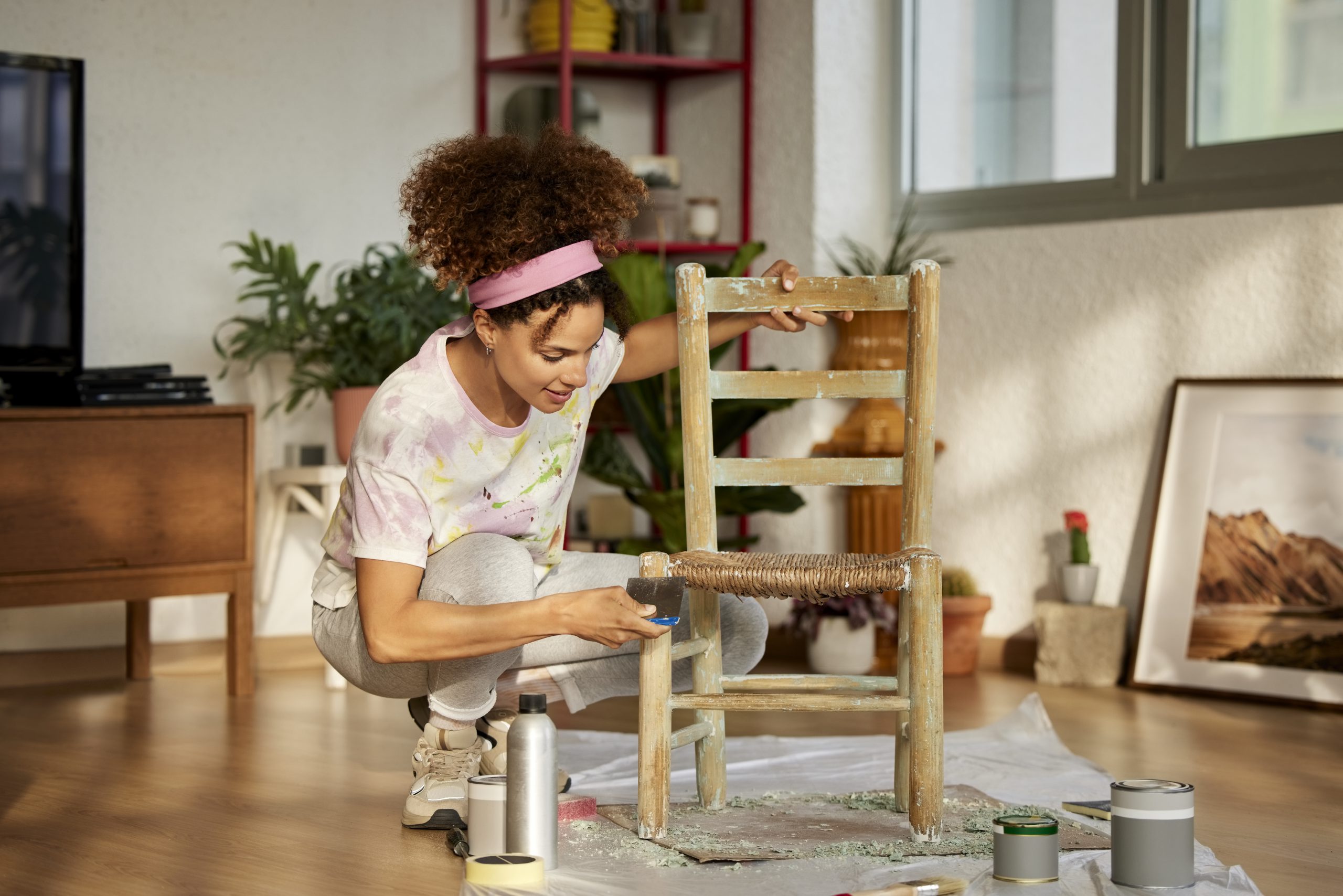
Remodeling your home can be such an exciting project. There is the thrill of visualising how your property will look when it’s completed and the fun of picking out materials and products to deliver the transformation.
But there are many traps that can become expensive and time consuming if you accidentally fall into them.
Below are some of the common mistakes that you should work to avoid.
Big structural changes
If getting a fast return on your investment from your remodel is important, then structural improvement rarely offers a good payback. Pulling down walls or realigning plumbing is costly but is seldom rewarded if you’re thinking of selling short term, unless you’re knocking down walls to create open-plan living. Structural changes are best considered if you want to stay in the property longer term and they will fundamentally affect how you enjoy the property.
Budget blues
It’s always a good idea to have a contingency fund for each project. I recommend that my clients put aside 20% of the overall cost for unforeseen problems or overruns because it can be incredible what you find when old wallpaper comes off, the carpet comes up or the kitchen is removed. Some expenses – like wiring or old pipes – just can’t be seen when you’re starting out.
The debt trap
You need to be careful about buying a home that needs remodeling. You must know you can finance the improvements before you make an offer on the property. Don’t spend so much that you have no funds to renovate. Talk to your lender about splitting out your loan, so it reflects separately the mortgage and the funds required for a remodel.
Prioritizing cosmetics over maintenance
This is a common mistake. Ignoring maintenance around your home will cost you dearly in the long run. Leaks, rusting gutters and blocked drains will undermine the integrity of your home’s structure. Old wiring can be dangerous and should be inspected by an electrician at the earliest opportunity.
Big dollars spent on custom features
A home theatre may feature in your dreams, but not everyone will agree. If you spend tens of thousands of dollars to convert a room or build a state of the art wine cellar in the basement, do not assume you’ll recover your investment when you sell. It’s often wise to ask a real estate agent about what buyers most value in our area before signing off on the plans.
Big isn’t necessarily better
When planning a remodel of your home, resist creating floor space that has little or no purpose. Buyers love to lean into the metric, price-per-square-foot, but you should not slavishly align your investment dollars to it. Make sure each space in your home has a purpose.
Doing everything DIY
Some tasks need the skills and experience of a professional. I’ve seen too many homes that have been the subject of endless DIY projects that look amateur and ultimately harm the property’s value. Pick your DIY projects carefully and make sure they’re well within your skill set and patience level.
Poor planning
Each project should have a budget before work begins. But it can be tempting to just jump straight in and not think through the order in which the work should be carried out. As a general rule, you should start at the top of the home and work down. For example, don’t replace the flooring and then paint. That makes no sense. Paint first and then if you drip on the carpet you’re replacing, it won’t matter.
